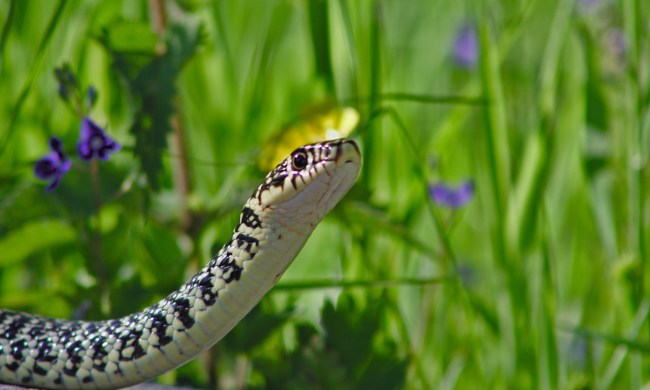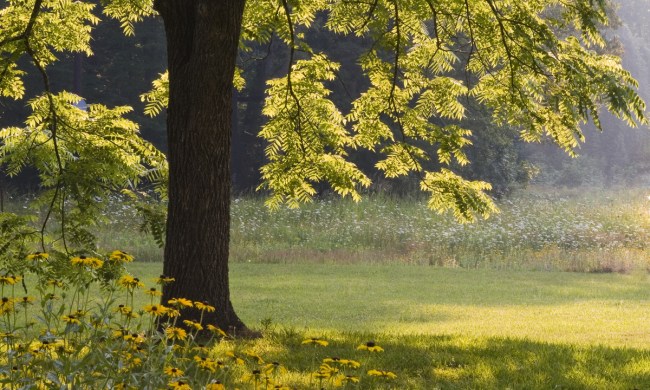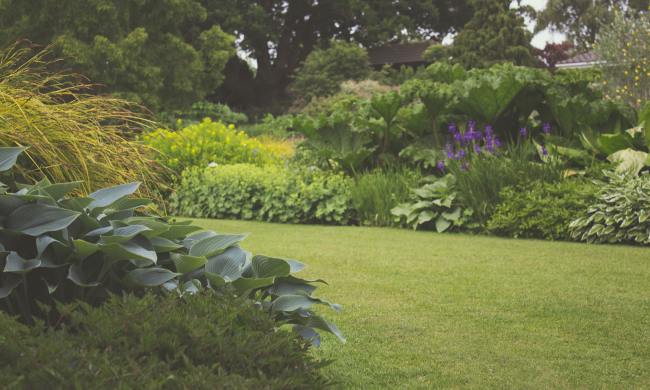Whether you’re a seasoned gardener or have the beginnings of a green thumb, you’ve probably heard at least a little bit of talk about climate zones. You’ve probably even done enough research to figure out you’re in Climate Zone 6. But what exactly does this mean for you and your garden? There’s so much literature on the subject that it can be a little confusing, but don’t worry — we’ve put together a simple primer to help you determine if your plants will last.
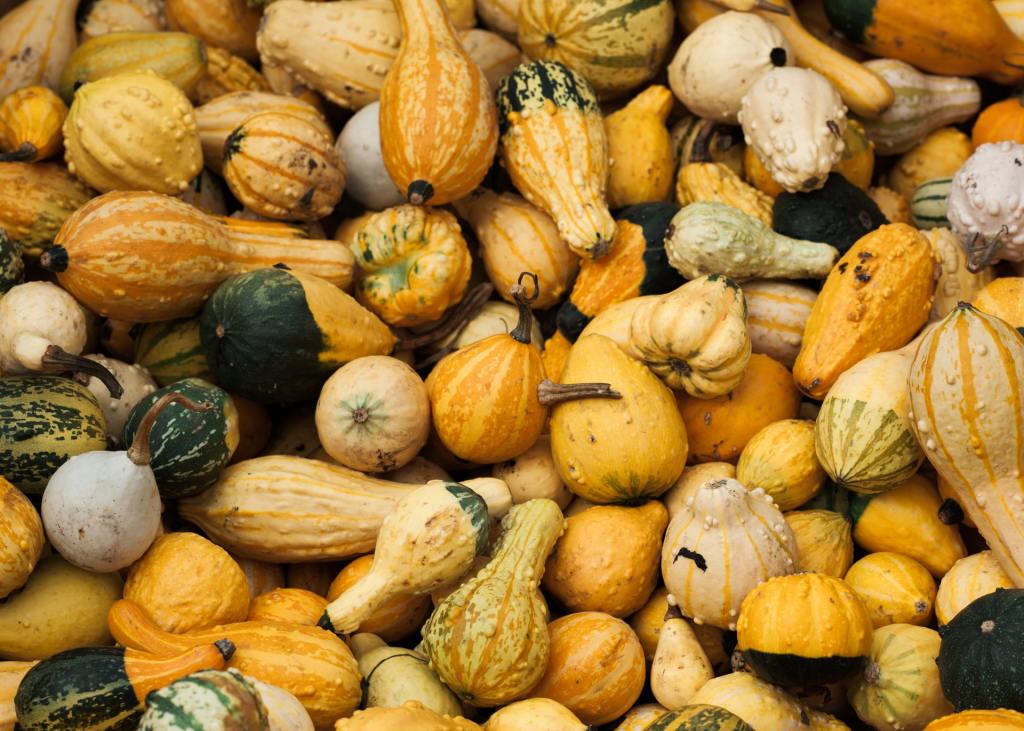
What you need to know
First, let’s define what a climate zone actually is. Around the 1960s, the United States Department of Agriculture (USDA) developed the Plant Hardiness Zone Map, which divided the country into zones based on average annual low temperatures. Zones aren’t definitive, but they give us a good idea of which plants are considered perennials in a defined region.
Running roughly across the middle of the United States in an arc shape, Zone 6 also falls in the middle of the road in terms of climate conditions and length of growing season. Generally speaking, this region has true winters and summers, although microclimates may vary among different areas. Since Zone 6 sits roughly in the center of the USDA Plant Hardiness Zone Map, it’s hospitable to many plant species.
Zone 6 features cold winters, warm summers, and a medium growing season, making it a friendly environment for many vegetables, trees and flowers. The last frost usually ends around mid-April, and the first frost typically begins in mid-October. These average dates give you an idea of when it will be warm enough for you to grow healthy vegetables and flowers. While they’re not set in stone, they’ll help you plan your planting calendar throughout the spring and summer.

Trees
Zone 6 isn’t as cold as other zones on the map, but the winters do get moderately chilly. The good news is that many types of trees can tolerate the winters. If you’re into deciduous trees that transform along with the seasons, consider adding elegance and color to your landscape with a bright red Japanese maple, which can handle full sun and partial shade. Interested in an evergreen? Check out the dwarf blue spruce tree, which will push out new vibrant blue foliage in the spring.
Fruit trees can also be great fixtures in a Zone 6 garden if you want to grow edible plants in addition to enjoying beautiful foliage and flowers. Plum, peach, and cherry trees do well in this region. This zone is also a welcome environment for frost-tolerant nut trees such as walnut, pecan, and chestnut.
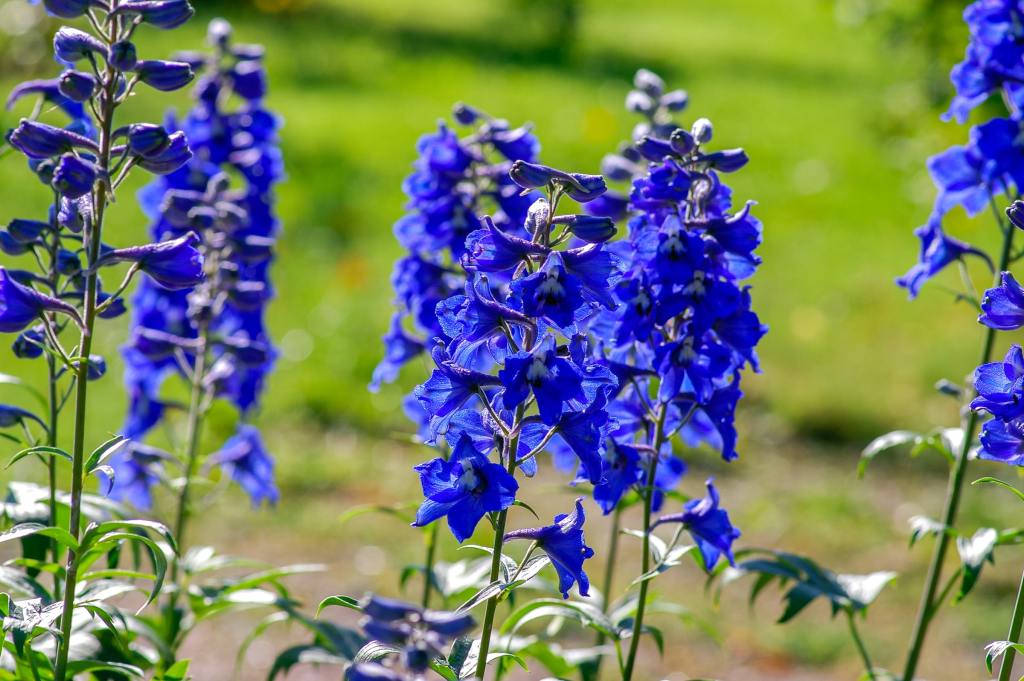
Flowers and trees
Zone 6 is home to many vibrant and showy flowers that add a pop of color to any garden. Attract hummingbirds and butterflies with fragrant red, pink, purple, and white bee balm blooms. These can be planted in the spring to enjoy full sunshine come summer. For a splash of cool purples and blues, add fragrant delphiniums, which boast showy spikes of flowers perfect for cottage-style gardens. Consider adding low-maintenance hostas that showcase large green leaves and lovely white blooms over the summer.
Starting seeds
Keep in mind that Zone 6 does experience true winters, even if they’re not as cold as Zone 1 (which encompasses Alaska). With summer-blooming flowers, wait for the soil to warm up before you place bulbs in the ground — this may mean a few weeks after spring officially begins. Otherwise, the bulbs may rot before they get a chance to sprout. Lily of the valley, lily, and iris bulbs will do well in Zone 6.
In Zone 6, you can start seeds in March or April and then transplant them outside in April or May. Because Zone 6 has a medium growing season, you might be able to squeeze in a second harvest if you start your veggie seeds in mid-July or early August. Consider using a gardening schedule to keep track of all the vegetables you want to grow.
With these tips in mind, consider your environment as you select Zone 6 plants for your garden. You only need to do a little planning before you’ll be able to curate a lovely and healthy garden throughout the year!

